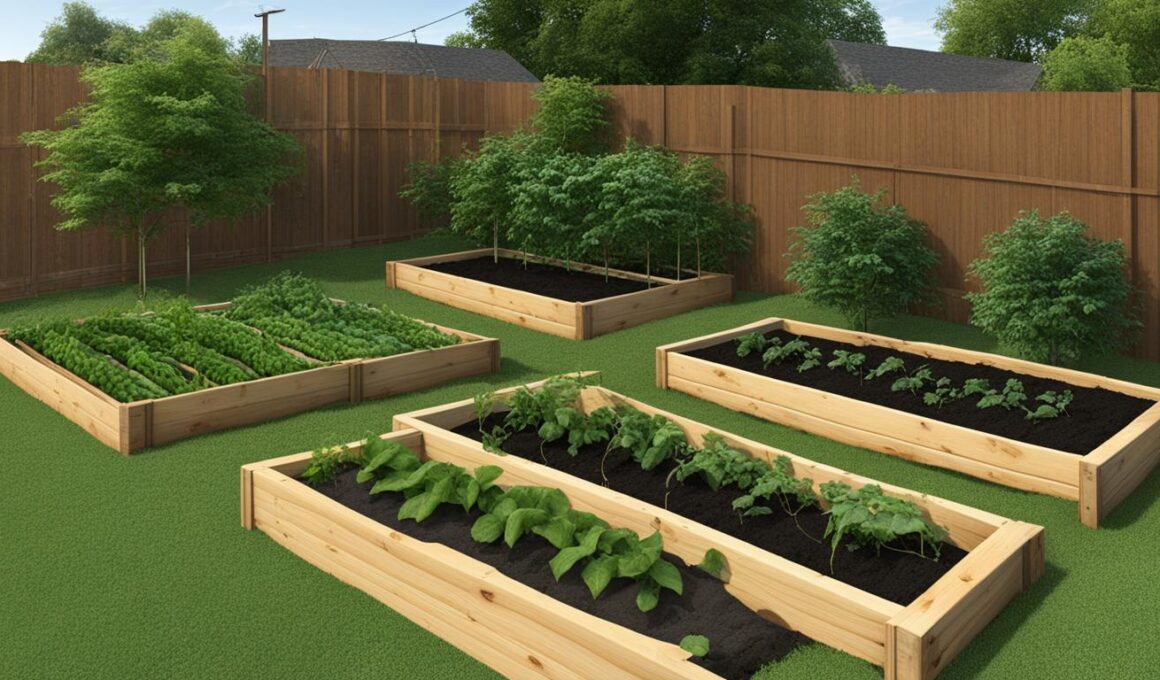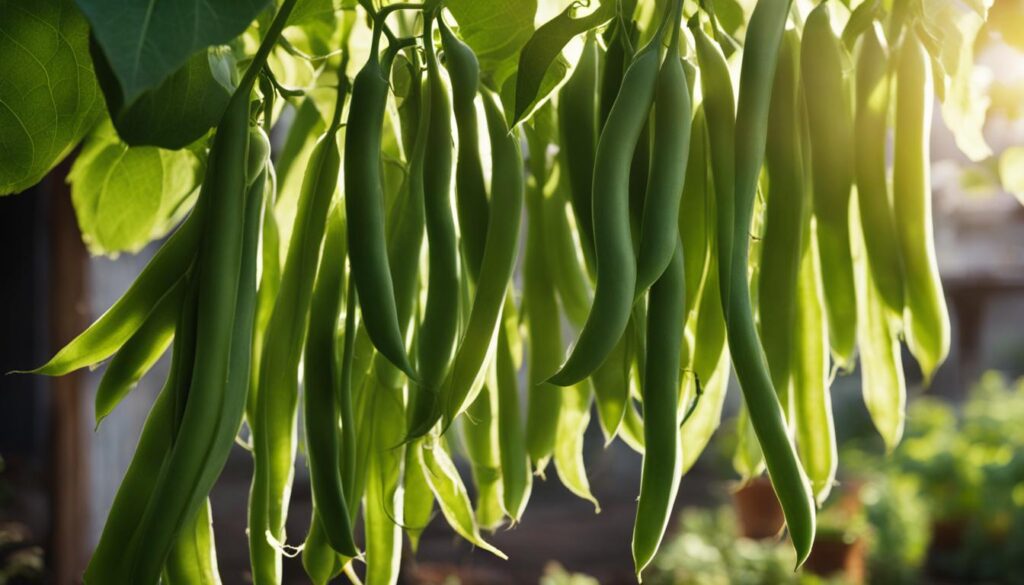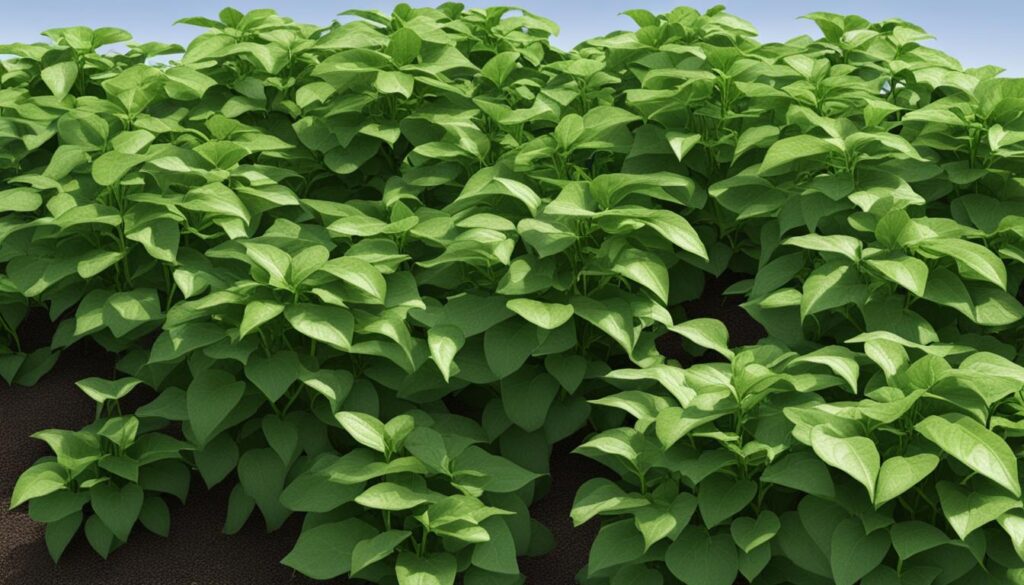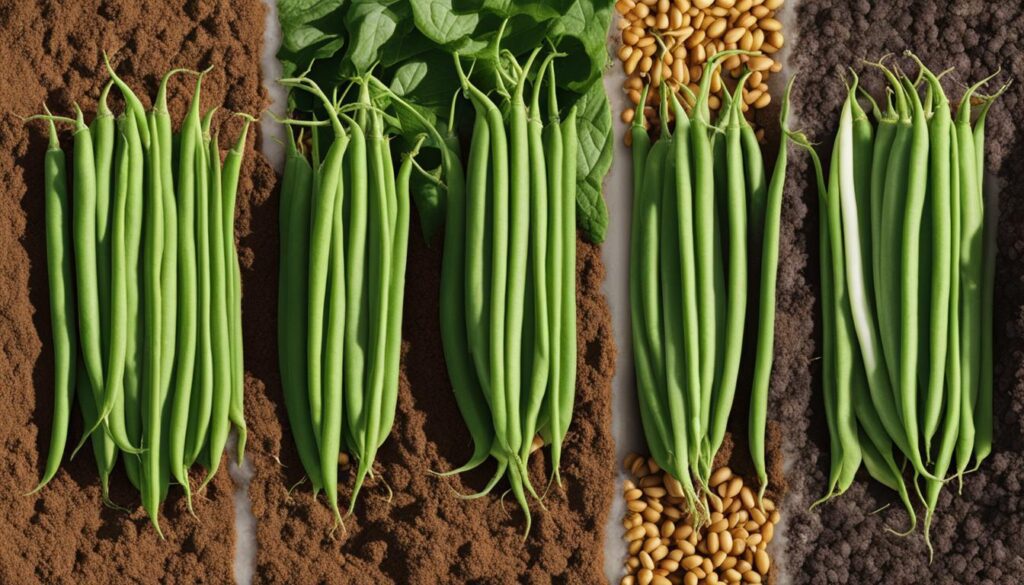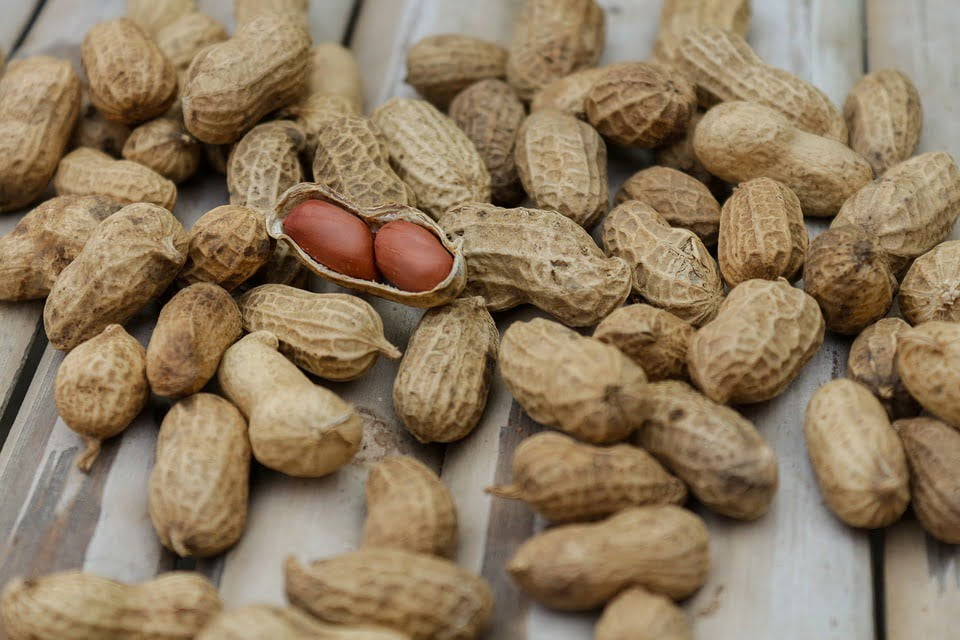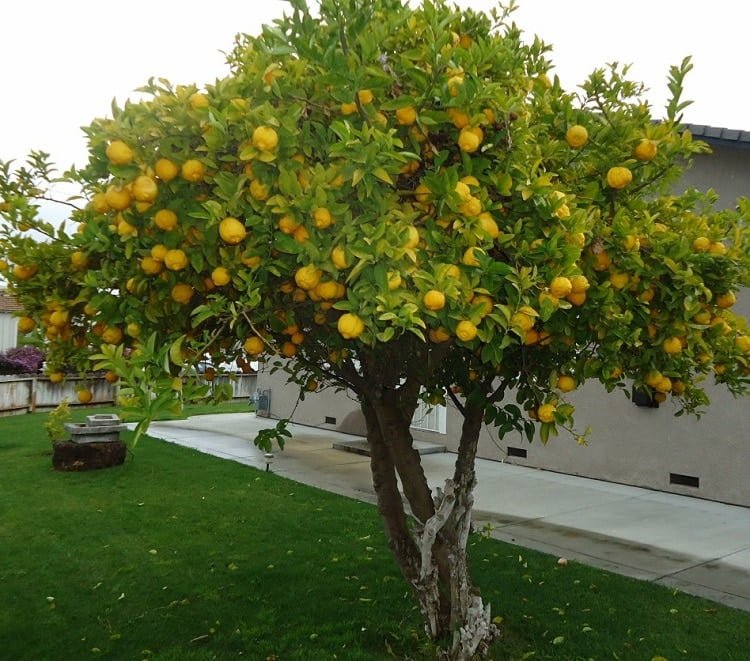When deciding between bush beans and pole beans for your home garden, it’s essential to understand the differences between these popular green bean varieties. Factors such as space, growing preferences, and desired harvest time frame can weigh heavily on your decision. In this guide, we’ll dive into the characteristics, advantages, and considerations for both bush and pole beans to help you make an informed choice tailored to your garden’s needs.
Key Takeaways
- Bush beans are compact and low-maintenance, making them suitable for smaller gardens or raised beds.
- Pole beans have a taller growth habit and require support structures, but they offer a prolonged harvest period.
- Climate adaptability and available garden space are crucial factors to consider before planting either variety.
- Vertical gardening with pole beans provides benefits such as better space utilization, healthier plants, and fewer pest problems.
- Both bush and pole beans have distinct advantages, so choose the type that best aligns with your gardening goals and preferences.
Introduction to Green Beans & Their Popularity in Home Gardens
Green beans are highly regarded in home gardening, second only to tomatoes in popularity. The choice between bush beans and pole beans often depends on the gardener’s space and growing preferences. Both varieties are part of the wax bean family and are easy to grow.
Growth Habits of Bush and Pole Beans
Bush beans grow in a bushy shape ideal for smaller gardens or double rows in larger gardens without the need for support, while pole beans necessitate structures like trellises due to their climbing nature and taller stature. This difference reflects in their growth habits, with bush beans producing a compact harvest window of 3-4 weeks, as compared to the longer, staggered production period of pole beans, typically lasting 6-8 weeks.
Considerations Before Planting: Climate and Space
Before planting beans, it’s important to consider the local climate and garden space. Bush beans thrive in moderate to hot summers, whereas pole beans may perform better in cooler summers. Beans require a sunny location with well-draining soil and sufficient space depending on the type—bush beans for limited space and pole beans for vertical space utilization. Warmer soil temperatures are crucial for germination, with bush beans resilient to slightly cooler conditions than pole beans.
Both types, however, are sensitive to frost and benefit from planting after frost risk has passed. The table below summarizes the key differences between bush beans and pole beans in terms of growth habits and climate preferences:
| Bean Type | Growth Habit | Harvest Period | Preferred Climate |
|---|---|---|---|
| Bush Beans | Bushy Shape | 3-4 Weeks | Moderate to Hot Summers |
| Pole Beans | Climbing Nature | 6-8 Weeks | Cooler Summers |
With careful consideration of these factors, gardeners can choose the right bean variety for their specific conditions and cultivate a bountiful harvest of green beans in their home gardens.
Understanding Bush Beans: Characteristics and Garden Compatibility
Bush beans are a compact, low-maintenance variety that grows about 2 feet in height and suits small garden beds or large spaces planted in double rows. They yield bountifully over a short time, usually 3-4 weeks, favorable for bulk harvesting used in canning or freezing processes. Generally, bush beans do not require a support system due to their structure, though some light support can be beneficial. This variety is easy for even beginner gardeners to grow, providing a generous harvest with minimal effort.
There are several bush bean characteristics that make them an excellent fit for home gardens:
- Compact growth habit ideal for small spaces.
- High yields in a brief time.
- No support structure needed.
- Adaptable to varying garden sizes and layouts.
| Characteristic | Description |
|---|---|
| Height | Approximately 2 feet tall |
| Harvest Time | 3-4 weeks |
| Support Needed | None (light support can be beneficial) |
| Garden Compatibility | Small garden beds, large spaces with double rows |
When it comes to compatibility with gardens, bush beans excel in a variety of growing conditions. Some popular bush bean varieties that you may want to consider for planting include:
- Blue Lake – A classic variety with excellent flavor and texture.
- Provider – Known for its heavy yields and disease resistance.
- Roma II – A flat-pod variety that is perfect for freezing or fresh eating.
- Jade – Features long, slender pods and a productive harvest.
By understanding the characteristics of bush beans and assessing their compatibility with your garden setup, you can determine whether this type of bean is the best choice for your home gardening pursuits. Remember to consider factors such as available space, desired harvest timeframe, and your personal preferences when making your decision.
Advantages of Growing Pole Beans: Vertical Gardening and Continuous Harvest
Pole beans excel in vertical gardening, maximizing garden space and potentially offering continuous harvests. The critical necessity for support structures enhances their compatibility with unique garden setups. Supports such as trellises, tepees, and poles are ideal for pole beans, even simple DIY constructions can be highly effective.
Creating Structures for Support: Trellises, Tepees, and Poles
These growing aids facilitate upward growth, are suitable for small spaces, and can provide an aesthetically pleasing element to the garden. Structures for pole beans support may vary, but they all serve the same purpose: to encourage the plant’s natural climbing habit. Some popular support structures include:
- Trellises: A sturdy, lattice-like structure that enables vines to climb. They can be made of wood, metal, or plastic, and come in various designs.
- Tepees: A conical structure made of long poles or stakes tied together at the top, with vines climbing up the outside.
- Poles: Individual stakes or poles placed into the ground next to the plant, with vines winding around them as they grow.
The Benefits of Vertical Gardening: Space Management and Healthier Plants
Vertical gardening with pole beans offers several benefits, including better space utilization, healthier plants due to improved air circulation, and fewer losses from pests and diseases as beans are kept off the ground. It also allows for the creation of micro-climates, providing protection for other sensitive plants in the garden. Key advantages of vertical gardening with pole beans are:
| Benefit | Description |
|---|---|
| Space Efficiency | By growing upwards, pole beans make the most of limited garden space, especially in small urban gardens where horizontal space is limited. |
| Improved Air Circulation | Vertical growth promotes better air circulation around plants, reducing humidity and the risk of diseases like mold and mildew. |
| Pest and Disease Control | Elevating beans off the ground reduces the risk of damage from pests and diseases that thrive on the damp soil surface. |
| Micro-Climate Creation | Vertical structures can create shaded micro-climates underneath, protecting sensitive plants from harsh sun or acting as windbreaks. |
| Harvest Efficiency | Plants that grow vertically like pole beans yield a more substantial and prolonged harvest, offering an accessible, extended harvest throughout the season. |
In summary, growing pole beans vertically is an effective strategy for maximizing garden space while achieving a reliable and continuous harvest. Utilizing support structures and embracing the benefits of vertical gardening can result in healthier plants with a higher yield, making them an excellent choice for home gardeners.
Growth Challenges and Considerations for Both Bean Types
Both bush and pole beans face challenges that vary depending on climate conditions. To choose the most suitable type for your garden, it is crucial to match the beans to your local climate, taking into consideration growing conditions, and their impact on factors such as pod quality, harvest timing, and the ability to save seeds.
Climate Adaptability: Matching Beans to Your Growing Conditions
Bush beans generally thrive in hot summers, whereas pole beans are more suitable for cooler ones. Colder climates with short growing seasons may benefit from bush beans due to their rapid maturation, while wetter climates can make the most of the pod elevation provided by pole beans. Understanding and assessing your local conditions will help you determine the best option for your garden.
For optimal growth, it is essential that both bush and pole beans are harvested before full maturity. This ensures higher quality and continuous production. Additionally, pole beans may require wind protection or micro-climate creation through strategic planting, as well as extra support to accommodate their vertical growth.
To help you decide which bean type may be best suited for your garden, consider the following climate-related factors:
- Temperature preferences: bush beans for hot summers, pole beans for cooler summers
- Maturation speed: bush beans for shorter growing seasons, pole beans for longer ones
- Pod elevation and protection: pole beans in wetter climates
- Support and wind protection: more crucial for pole beans
By carefully taking account of these factors and matching the bean variety to your local conditions, you can work towards a successful harvest and enjoy the benefits of homegrown beans tailored to your specific needs and preferences.
What Are the Key Differences Between Bush Beans and Pole Beans for Gardeners?
Bush beans and pole beans are both popular choices for gardeners, but they have key differences. Bush beans are compact and ideal for small spaces, while pole beans need support to climb. Growing pole beans harvests yield over a longer period, while bush beans produce all at once, making them great for canning.
Conclusion
In summary, the choice between bush beans and pole beans is influenced by factors such as garden space, climate, support structure availability, desired harvest timing, and gardener’s harvesting preferences. Bush beans are an ideal choice for gardeners looking for a compact, concentrated harvest suitable for preservation methods, while pole beans cater to those desiring an extended harvest period and the utilization of vertical garden space.
Each bean type offers its own advantages, with climatic adaptability, soil preparation, space efficiency, and plant health being crucial considerations. Bush beans thrive in hot summers and offer a more rapid maturation, making them a great fit for colder climates with short growing seasons. On the other hand, pole beans may perform better in cooler summers and can be effectively intercropped with other plants for mutual benefits.
With careful planning and attention to growing conditions, gardeners can maximize yields and enjoy the benefits of homegrown beans tailored to their needs and preferences. Whether it’s the practicality of bush beans or the versatility of pole beans, a well-informed decision will undoubtedly enhance your home garden experience.





